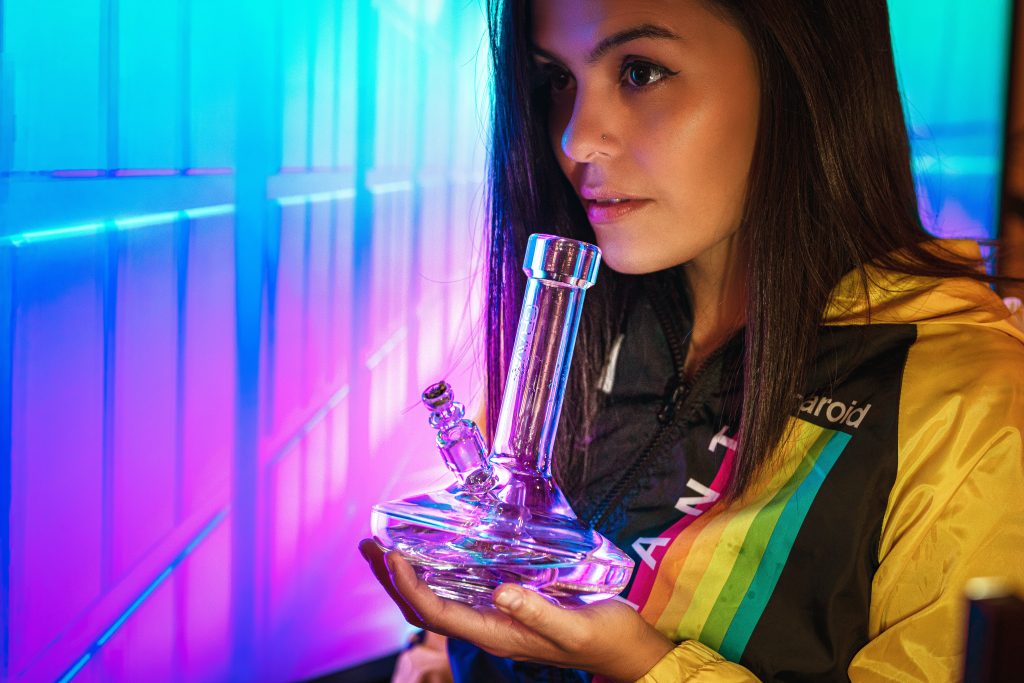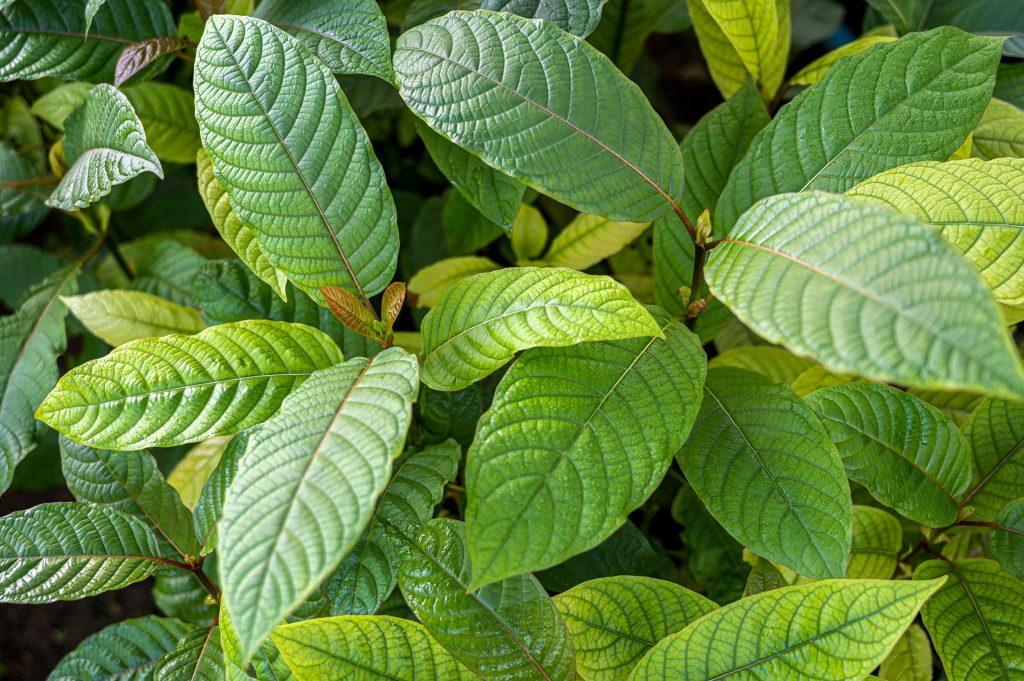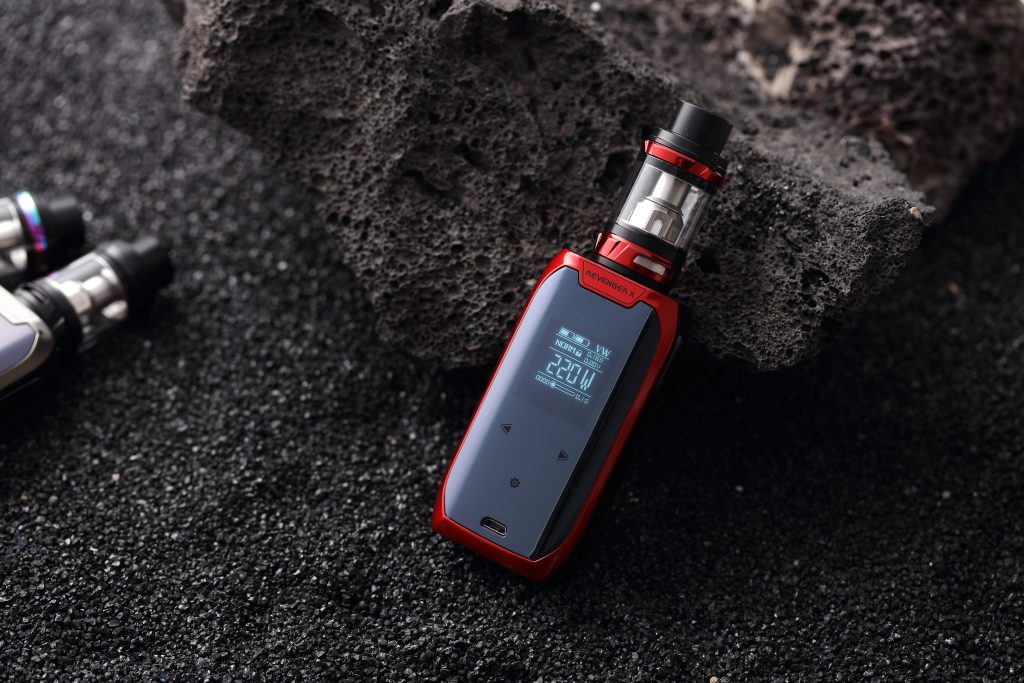The journey of Delta-8, Delta-9, and Delta-10 THC and CBD products is an intriguing tale deeply intertwined with cannabis cultivation, cannabinoid research, and evolving legal regulations. While pinpointing precise historical dates can be challenging, we can estimate significant milestones in the development of these cannabinoids.
The history of Delta-8 THC harks back to the early days of cannabis research, around the mid-20th century. Scientists began peering into the molecular makeup of various cannabinoids found in the cannabis plant, including Delta-8 THC, albeit in relatively low concentrations.
It wasn’t until the late 20th century that researchers made substantial breakthroughs, revealing Delta-8 THC’s potential as a milder alternative to Delta-9 THC. The process of converting CBD into Delta-8 THC, known as isomerization, was honed during this period. This innovation paved the way for more accessible and legally sourced Delta-8 THC.
As the 21st century dawned, Delta-8 THC products began emerging in legal cannabis markets. They offered users a unique pathway to experience the benefits of this cannabinoid. Today, Delta-8 THC is available in various forms, including edibles, vape cartridges, and tinctures, with ongoing advancements in extraction techniques contributing to its growing popularity.
Delta-10 THC is the latest entrant to the THC family, and its development remains a subject of ongoing research and exploration. Its discovery is estimated to have taken place in the early 21st century, around the same time Delta-8 THC captured the spotlight.
However, extracting and isolating Delta-10 THC is a more intricate process compared to its counterparts. Researchers invested time and effort in refining extraction techniques to obtain substantial quantities of this cannabinoid. This complexity makes Delta-10 THC less common in the cannabis market. Still, it has ignited the curiosity of scientists and enthusiasts owing to its unique effects. Ongoing research is expected to shed more light on the history and properties of Delta-10 THC.
Delta-9 THC boasts a rich and centuries-old history. Cannabis has been cultivated for its psychoactive effects for well over a thousand years. The earliest documented reference to cannabis’s psychoactive properties dates back to around 2727 BCE in ancient China.
As cannabis spread to different regions, its cultivation and use evolved. The pursuit of the characteristic euphoria and relaxation linked with Delta-9 THC drove advancements in strain development. Throughout the 20th century, cannabis enthusiasts and breeders selectively cultivated plants with higher Delta-9 THC content. With increasing acceptance of cannabis for both medical and recreational purposes, Delta-9 THC made the transition from the black market to legal and regulated environments in many parts of the world.
The history of CBD is deeply interwoven with cannabis and cannabinoid research. While CBD has been utilized for centuries in traditional medicine, its transformation into a widely recognized and accepted compound occurred relatively recently.
Exploration of the potential therapeutic benefits of CBD commenced in the mid-20th century. The discovery of CBD’s non-psychoactive nature, coupled with its promising health advantages, spurred increased interest and research.
In the early 21st century, CBD experienced a surge in popularity, while its legal status became a prominent issue. The 2018 Hemp Farm Bill played a pivotal role in defining the legality of CBD derived from hemp, effectively permitting its production and distribution.
The historical evolution of Delta-8, Delta-9, and Delta-10 THC and CBD products showcases the dynamic and ever-changing landscape of cannabinoids and their unique properties. As scientific research continues to explore the potential benefits and diverse effects of these compounds, users can anticipate even more exciting developments on the horizon. The journey of Delta-8, Delta-9, and Delta-10 THC and CBD continues to advance, offering new frontiers for exploration in the realm of cannabinoids.
When it comes to the development and isolation of Delta-8, Delta-9, and Delta-10 THC products, as well as CBD, it’s essential to understand the role of different cannabinoids in creating distinct effects:
Delta-8 THC: This cannabinoid is structurally similar to Delta-9 THC but possesses a double bond on the eighth carbon atom instead of the ninth. This subtle difference results in milder psychoactive effects compared to Delta-9 THC. Users often report feeling a clear-headed, uplifting, and less anxiety-inducing high. Delta-8 THC is known for its potential to provide relaxation, pain relief, and enhanced focus.
Delta-9 THC: Delta-9 THC is the classic psychoactive cannabinoid responsible for the “high” associated with marijuana. It interacts with the body’s endocannabinoid system, primarily binding to CB1 receptors, resulting in the euphoria, relaxation, and increased appetite often linked to cannabis use. Its effects can vary depending on factors such as dosage and individual sensitivity.
Delta-10 THC: Delta-10 THC is a newer addition to the cannabinoid family, and research into its effects is ongoing. It’s considered a more energizing and uplifting cannabinoid compared to its counterparts. Users have reported a clear mental state, increased focus, and enhanced creativity. Delta-10 THC’s effects are still being explored, making it an intriguing subject for cannabis enthusiasts.
CBD (Cannabidiol): Unlike THC, CBD is non-psychoactive and is not associated with the characteristic “high.” CBD interacts with the endocannabinoid system differently, primarily by affecting CB2 receptors. It is known for its potential therapeutic benefits, such as reducing anxiety, promoting relaxation, alleviating pain, and potentially mitigating seizures. CBD is often chosen for its non-intoxicating properties, making it suitable for individuals who want the potential benefits of cannabis without the euphoric effects.
The effects of these cannabinoids can vary from person to person due to factors like individual sensitivity, dosage, and the presence of other compounds, but here’s a general overview:
Delta-8 THC: Users often describe a mild, focused, and relaxing high with reduced anxiety, making it a preferred choice for those seeking a less intense experience. Delta-8 THC can be used to relieve pain, improve mood, and enhance focus while maintaining clarity.
Delta-9 THC: The classic high associated with Delta-9 THC includes euphoria, relaxation, increased creativity, and, sometimes, enhanced appetite. However, it can also lead to anxiety or paranoia, especially at high doses.
Delta-10 THC: Delta-10 THC is believed to offer an uplifting and clear-headed high, which could enhance focus and creativity. Users might experience a motivating and stimulating effect without the lethargy sometimes associated with Delta-9 THC.
CBD: CBD offers a non-psychoactive experience, characterized by a sense of relaxation and potential relief from anxiety, pain, and various medical conditions. It does not induce a euphoric “high.”
It’s important to note that the effects of these cannabinoids can be influenced by various factors, including the user’s tolerance, method of consumption, and the presence of other terpenes and compounds in the cannabis product. Additionally, the legality and availability of these cannabinoids vary by location, so users should be aware of their local laws and regulations.

In a world that ceaselessly whirls with fast-paced living and constant digital distractions, there exists a sanctuary where time slows, bonds deepen, and flavors are savored—a place where the simple…

The history of the water pipe, is both rich and extensive, dating back thousands of years. A water pipe is essentially a filtration device generally used for smoking cannabis, tobacco,…

In the heart of Southeast Asia lies a botanical marvel – Kratom. This natural wonder has deep roots in traditional herbal medicine and has captured the curiosity of those who…

Making an Informed Choice in the Vape World Vaping has revolutionized the way people experience nicotine and flavors. While the vast array of options may seem overwhelming, Roll N’ Smoke…
Not for sale to minors. Roll n’ Smoke only sells to third-party age-verified adult consumers (21+). Any use of any product depicted on our website is at the customer’s own risk. Certain products sold on RollnSmoke.com may contain nicotine, a highly addictive substance. KEEP AWAY FROM CHILDREN OR PETS. Consult a physician or veterinarian immediately if a non-oral product is accidentally swallowed, as these products are not intended to be ingested and may be poisonous. Please consult your physician before using any products sold by Roll n’ Smoke. No information contained herein is intended as a substitute for or alternative to information from health care practitioners. Seller complies with applicable regulations, including the PACT Act for shipping tobacco products and the 2018 Agricultural Improvement Act applicable to hemp-derived products. Please also refer to our Terms and Conditions page before purchasing any of our products. FDA DISCLAIMER: The statements made regarding these products have not been evaluated by the Food and Drug Administration. These products are not intended to diagnose, treat, cure, or prevent any disease or condition. Proposition 65 – WARNING: This product can expose you to chemicals, including nicotine, which is known to the State of California to cause birth defects or other reproductive harm. For more information, go to the Proposition 65 Warnings Website.
Website Built By Falls Technology Group, LLC